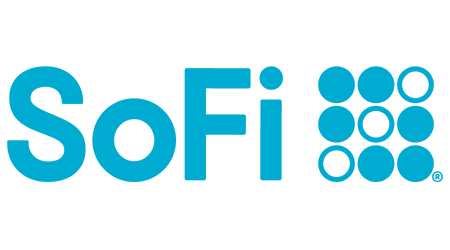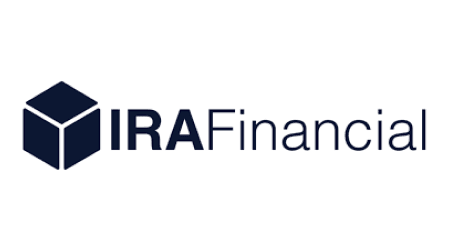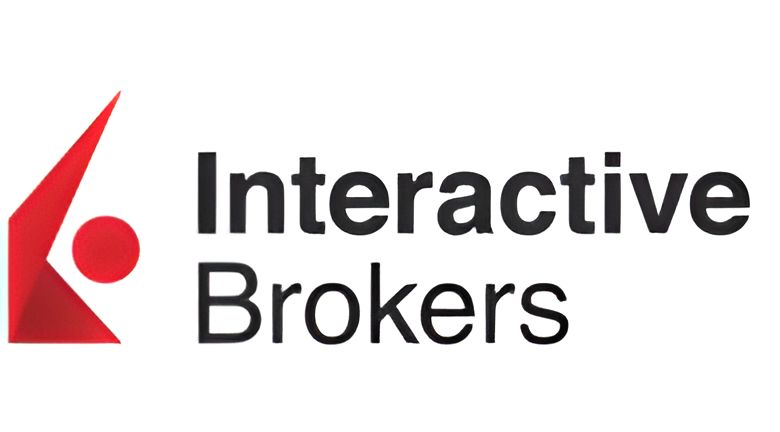-
Commitment to our readers
18 years
Helping you save money
Reviewed
by experts
Cited by
major publications
Finder maintains full editorial independence to ensure for our readers a fair assessment of the products, brands, and services we write about. That independence helps us maintain our reader's trust, which is what keeps you coming back to our site. We uphold a rigorous editorial process that ensures what we write and publish is fair, accurate, and trustworthy — and not influenced by how we make money.
We're committed to empowering our readers to make sound and often unfamiliar financial decisions.
We break down and digest information information about a topic, product, brand or service to help our readers find what they're looking for — whether that's saving money, getting better rewards or simply learning something new — and cover any questions you might not have even thought of yet. We do this by leading with empathy, leaning on plain and conversational language that speaks directly, without speaking down.
Here’s how to open and start saving for retirement through one of these valuable investment accounts.
How to start a Roth IRA in 4 steps
You can start saving and investing for retirement through a Roth IRA now by following these steps:
1. Determine your eligibility
To contribute to a Roth IRA, your Modified Adjusted Gross Income (MAGI) can’t exceed certain limits. To contribute the full $7,000 — $8,000 if you’re 50 or older — for tax year 2024, single filers must have a MAGI of $146,000 or less. Married couples filing jointly must have a MAGI of $230,000 or less.
The Internal Revenue Service (IRS) phases out contributions as your MAGI exceeds these limits until you reach a point where you can no longer contribute to a Roth IRA. Single filers with a MAGI over $161,000 and married couples filing jointly with a MAGI over $240,000 can’t contribute at all to a Roth IRA.
2. Choose a provider to open your Roth IRA
You can open your Roth IRA through various banks, brokerage firms, credit unions and other financial institutions. Be sure to compare your options, as different IRA custodians charge different fees and offer different investment options and investing tools.
Hands-off investors might consider opening a Roth IRA with a financial advisor or a robo-advisor. Advisory services can recommend a personalized investment mix and then manage your portfolio.
3. Decide how much to invest
Every year, the IRS sets contribution limits for IRAs. For tax year 2024, the total you can contribute across all your traditional IRAs and Roth IRAs is $7,000 if you’re under age 50 or $8,000 if you’re age 50 or older.
While the amount you can contribute depends on your specific circumstances, leveraging your Roth IRA to its fullest potential could be a wise strategy for retirement planning.
Pro tip
A growing number of brokers are offering IRA contribution matches, which can help you optimize your IRA contributions. For example, Robinhood offers a 3% match on every dollar you contribute to your IRA with a
Robinhood Gold subscription, or 1% without.
4. Pick your investments
Many Roth IRA providers allow you to invest in a variety of securities like stocks, bonds, mutual funds and exchange-traded funds (ETFs). Some also offer alternative investments such as cryptocurrency and access to startups.
Consider the types of assets you’d like to invest in before you sign up for an account so you can invest according to your goals.
Our picks for where to open a Roth IRA

- 1% match on IRA contributions and 401(k) rollovers
- $0 annual fee and no options contract fees
- Robo-advisor and financial planning sessions
- Access private credit, venture capital and other alternative asset funds

- Choose from a variety of self-directed retirement account options
- Invest in alternative assets like real estate, crypto, private businesses and more
- Take advantage of tax benefits to grow your retirement savings

- $0 commissions on stocks, ETFs and options
- Trade stocks, bonds, ETFs, mutual funds, options, futures & currencies in your IRA
- Beginner-friendly and advanced mobile trading platforms, with robust research tools
Benefits of a Roth IRA
Roth IRAs offer many perks. Here are some key Roth IRA benefits:
- Earnings grow tax-free. The interest and investment earnings in a Roth IRA grow tax-free.
- No mandatory withdrawals. Unlike with a traditional IRA, you are not required to make mandatory withdrawals starting at age 73.
- Tax-free withdrawals in retirement. Make tax-free withdrawals as long as you’re at least 59.5 years old and at least five years have passed since the tax year you made your first contribution.
- Various investment choices. Nearly every asset is legally permissible inside a Roth IRA, except life insurance and collectibles.(1) Invest in everything from stocks and mutual funds to alternative investments. Available investment options depend on what the IRA custodian offers.
- Flexible access to contributions. You can withdraw contributions — but not investment earnings — from a Roth IRA any time penalty- and tax-free. This is because contributions to a Roth IRA are made on an after-tax basis, and the IRS can’t tax it twice.
How to open a Roth IRA for a minor
If you’re wondering how old you have to be to open a Roth IRA, there’s no age limit. You can open and manage a custodial Roth IRA for a child age 17 or under as long as they have earned income. As the account custodian, you’d manage the Roth IRA until the child reaches the age of majority, which is 18 to 25, depending on the state.
Here’s how to open a Roth IRA for a child:
- Choose a broker that offers custodial IRAs. Not all brokers offer custodial IRAs. Some examples of brokers that offer these account types are Fidelity Investments, Charles Schwab and E*TRADE. But be sure to research your options. Some brokers offer wider investment options, lower fees and even bonuses for switching brokerage accounts.
- Apply and open an account. To complete your application, you’ll need to provide some personal information about yourself and the minor. Make sure you have Social Security numbers for you and the child, your government-issued ID and proof of income for the child.
- Choose your investments. Since you’ll manage the account until the child reaches the age of majority, you’ll need to choose the investments.
Bottom line
A Roth IRA allows you to invest with tax-free growth and withdraw money tax-free at retirement. However, some brokerages may offer Roth IRAs better suited for you than others. Compare IRA providers to find the best Roth IRA for your needs.
Frequently asked questions
How much money do you need to open a Roth IRA?
Most Roth IRA providers don’t require account opening minimums.
How do I open a Roth IRA for a beginner?
Beginners may want to start by researching different Roth IRA providers to see which offer the features that suit them. Watch for any account management fees they may charge, the types of investments you can choose and any digital tools that can help you analyze investments and visualize your retirement plan.
Can I start a Roth IRA on my own?
Adults can open a Roth IRA on their own. Minors will need an adult to open and manage the account on their behalf.
How much will a Roth IRA grow in 10 years?
Roth IRA growth depends on variables like your contribution amounts and the performance of your investments.
Ask a question
More guides on Finder
-
Top IRA Match Accounts for 2025: Boost Your Retirement Today
Get up to a 3% IRA match with Robinhood and Acorns or up to a 1% IRA match with SoFi. See how to qualify here.
-
5 Best SEP IRA Providers of 2025
Explore the pros and cons of the best SEP IRAs and learn how to open one of these accounts.
-
7 Best Rollover IRA Accounts of 2025
Explore the advantages and shortcomings of the best rollover IRAs for beginners, mobile trading, advanced traders and more.
-
Best retirement plans of 2025
Review the best retirement plans in 2025, from employer-offered to individually opened to retirement plans for small business owners.
-
403(b) vs. Roth IRA: How do they compare?
Compare the key differences in contribution limits, tax advantages and investment options between 403(b)s and Roth IRAs.
-
7 types of IRAs: Which is right for you?
Learn about the different types of IRAs and which is right for you.
-
2025’s Top 10 Roth IRAs: Best Picks to Build Your Retirement Savings
Check out our picks of the best Roth IRA accounts for beginners, options traders, hands-off investors and more.
-
10 Best IRA Accounts for 2025: Top Retirement Picks
Check out our picks of the best IRA accounts for beginners, options traders, hands-off investors and more.
-
How to start a solo 401(k)
A retirement plan for self-employed individuals but may come with high administrative fees.
-
Goldco Review 2025: Pros and Cons
Pros and cons to consider before you sign up for a Goldco precious metals IRA.
